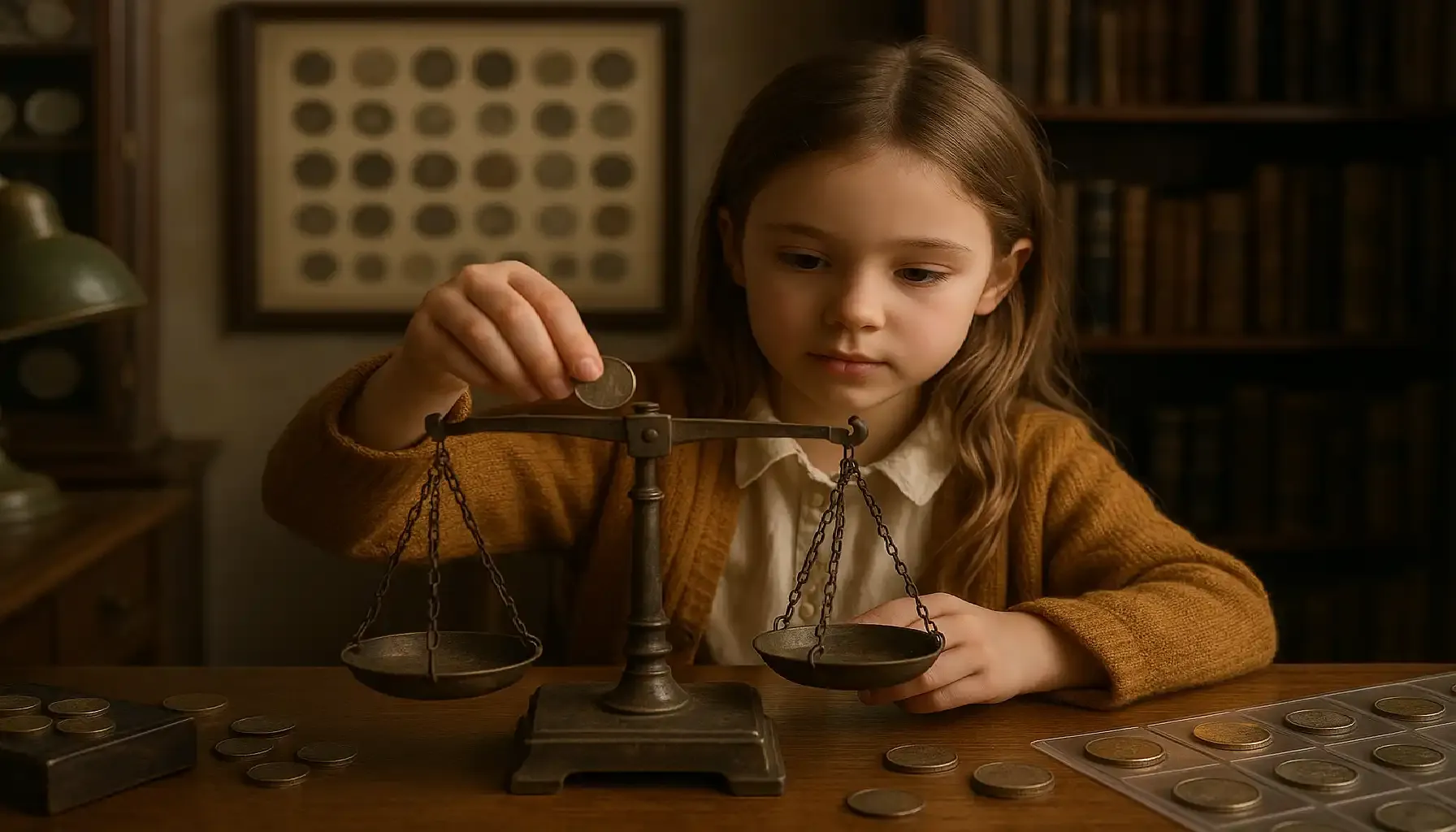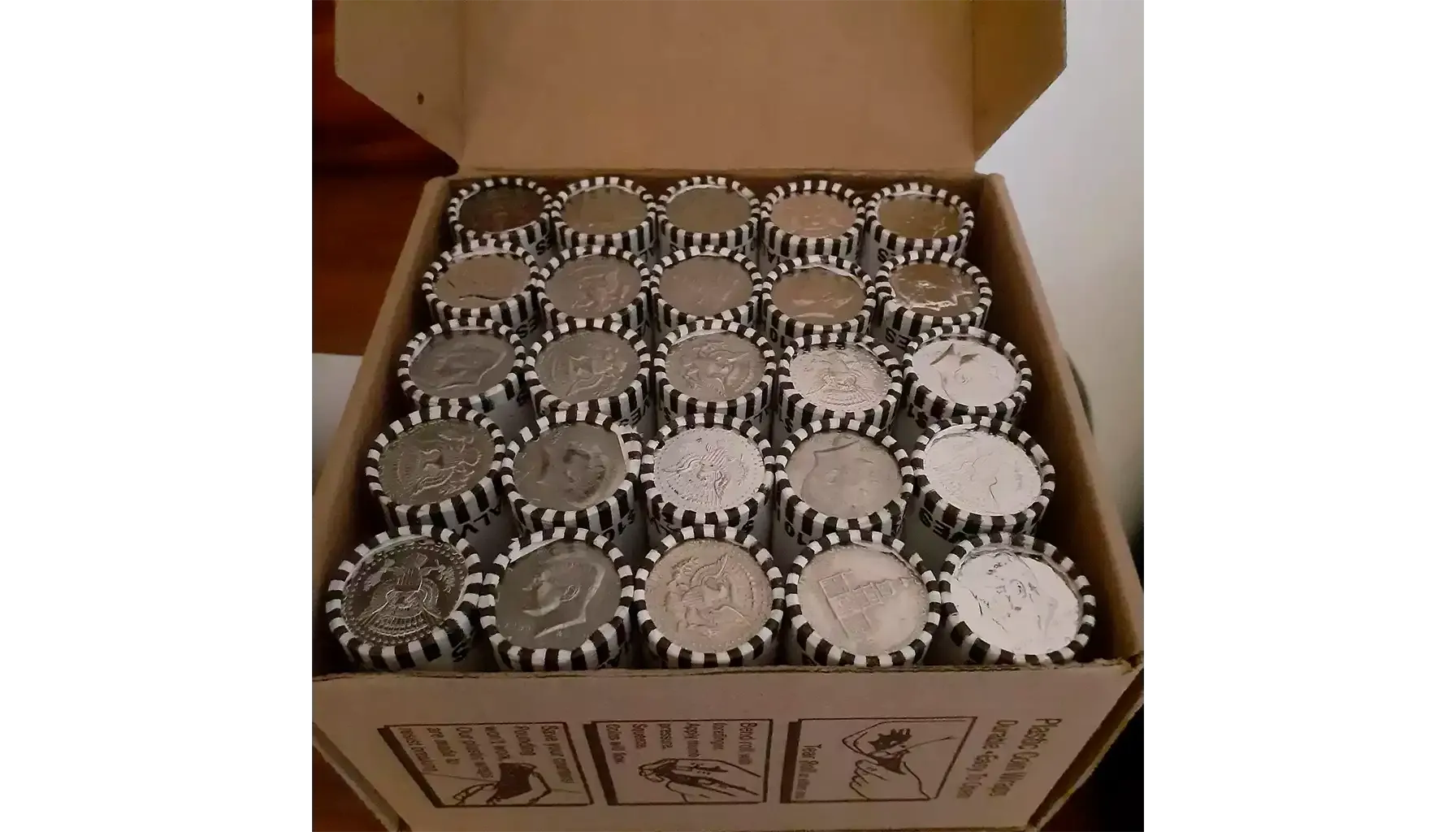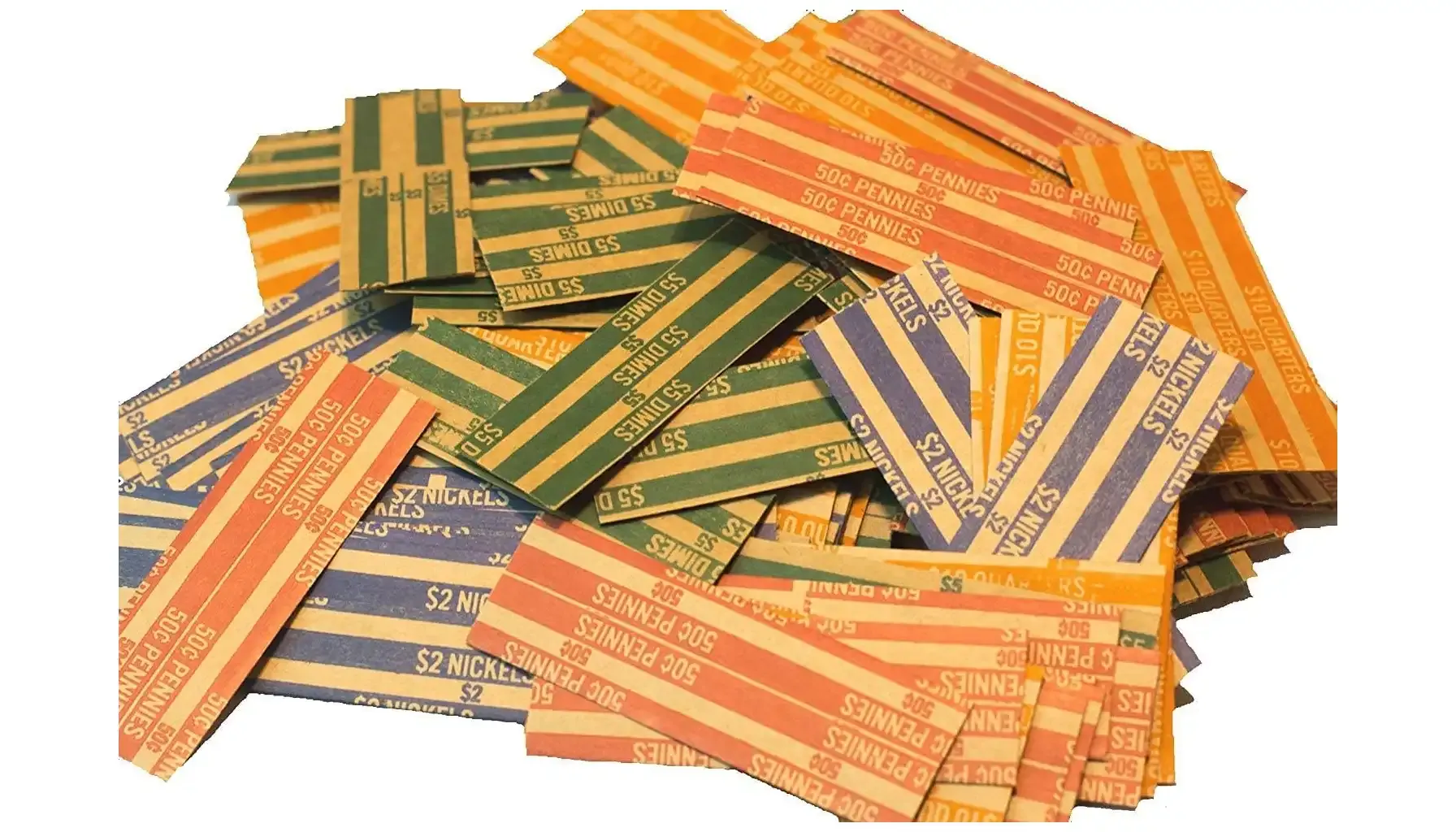Numismatics is not the simplest hobby as it might seem at first glance. In fact, someone who first decided to try this may have many questions, for example, what does the “D” on a penny mean? Or how to find out the value of a coin?
Today we will try to answer the first question and explain to you what you can see on the coin and what it all means.
Coin Parts
Numismatics is the study or collection of currency, including coins, tokens, paper money and related objects. It encompasses the analysis of physical characteristics, historical context and cultural significance of monetary items.
Numismatists, those who practice numismatics, often engage in research, preservation and cataloging of currency. They often focus on various aspects and parts of a coin when evaluating, collecting and studying them.

Obverse (Head)
Design: Typically features a prominent design such as the profile of a historical figure, deity, or national symbol.
Legend: The inscription or text on the obverse, usually the name of the country or a significant motto.
Field: The flat background area of the coin's surface that is not part of the design or inscription.
Reverse (Tail)
Design: Often includes national emblems, coats of arms, or other significant symbols.
Denomination: Indicates the coin's monetary value.
Legend: Additional inscriptions, often including the denomination or the issuing authority.
Edge
Reeding (Milling): Grooves or ridges on the edge, primarily to deter clipping and counterfeiting.
Plain: Smooth edge without any markings or ridges.
Lettered: Edge with inscriptions or decorative elements.
Rim: The raised border around the edge of the coin, which helps protect the design and inscriptions from wear.
Relief
High Relief: Raised design elements that stand out significantly from the field.
Low Relief (Bas-Relief): Design elements that are only slightly raised from the field.
Mint Mark: A small letter or symbol indicating the mint where the coin was produced, for example, you can find a penny with “D”, “P” or “W” mint marks on it.
Date: The year the coin was minted, often found on the obverse but sometimes on the reverse.
Exergue: A space on the coin, often below the main design, which can contain the date, mint mark, or other inscriptions.
Legend or Inscription: Any text on the coin, such as the country name, motto, or commemorative messages.
Portrait or Effigy: The image of a person or symbolic representation, often found on the obverse.
More about Mint Marks
What does the “D” mean on a penny? These exactly are mint marks. They are small symbols or letters on coins that identify the mint where the coin was produced. They are very important for authentication, historical analysis and valuation of coins.
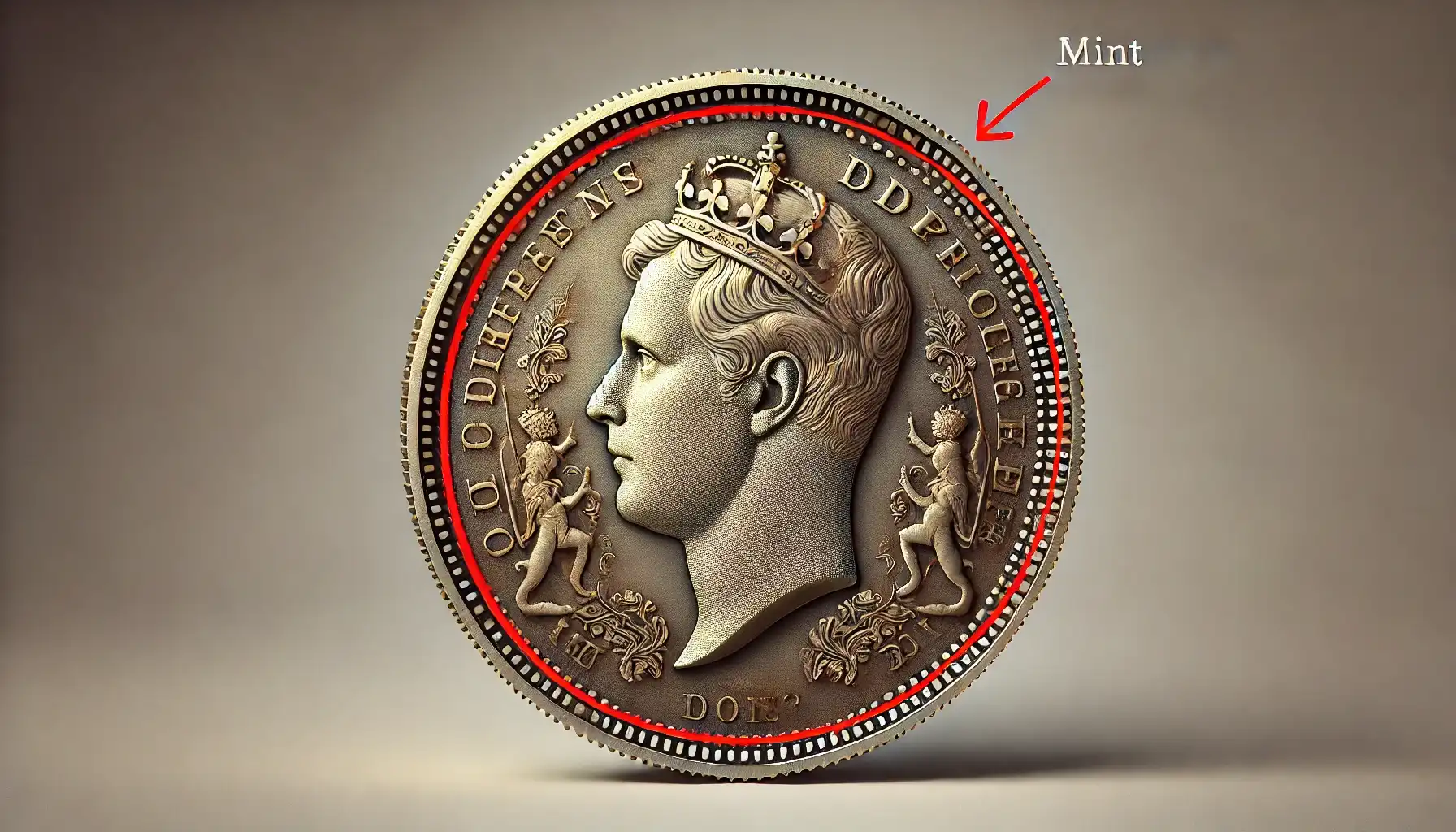
History of Mint Marks
Ancient Coins: Mint marks date back to ancient civilizations, including Greek and Roman coins, to identify the place of origin.
Medieval to Modern Era: Over the centuries, mint marks evolved to include various symbols, letters, and combinations used by different mints worldwide.
Purpose of Mint Marks
Identification: Differentiates coins produced at different mints.
Quality Control: Helps in tracking production quality and standards.
Counterfeit Prevention: Acts as an additional feature to deter counterfeiting.
Common Mint Marks and Locations
United States mint:
Philadelphia (P): Often no mint mark before 1979, ‘P’ after.
Denver (D): ‘D’ mint mark.
San Francisco (S): ‘S’ mint mark.
West Point (W): ‘W’ mint mark.
Carson City (CC): ‘CC’ mint mark (historical).
United Kingdom:
Royal Mint (no specific mark): Coins typically do not have mint marks.
Canada:
Royal Canadian Mint (Maple Leaf or ‘C’): Specific marks used occasionally.
Other Countries: Many countries have specific mint marks, e.g., ‘M’ for Mexico City, ‘B’ for Berlin, etc.
Location on Coins
Obverse: Often placed near the date or the portrait.
Reverse: Occasionally found near the denomination or main design element.
Edge: Some coins have mint marks on the edge.
Types of Mint Marks
Letter Marks: Single or multiple letters representing the mint (e.g., ‘P’, ‘D’, ‘S’).
Symbol Marks: Unique symbols used by certain mints (e.g., star, cross).
Combination Marks: Letters combined with symbols or other letters.
Collecting and Valuation
Rarity: Coins from certain mints or with specific mint marks can be rarer and more valuable.
Condition: Mint marks can affect the grade and condition assessment of a coin.
Errors: Coins with mint mark errors (e.g., missing, double, or misplaced marks) are often sought after by collectors.
Notable Examples
1909-S VDB Lincoln Cent: One of the most famous and valuable US coins due to its limited mintage with the ‘S’ mint mark from San Francisco.
CC Morgan Dollars: Highly prized for their historical value and the Carson City mint mark.
Identifying and Verifying Mint Marks
Magnification Tools: Numismatists often use magnifying glasses or microscopes to examine mint marks.
Reference Books: Catalogs and reference books list mint marks and their historical context.
Professional Grading Services: Companies that authenticate and grade coins also verify mint marks.
Mint marks are a small but significant aspect of coins that show their origin, history and authenticity. They are very useful for numismatists, as they can understand the production and distribution of currency thanks to them.
Interesting Facts about Coins
Coins have a rich and fascinating history, filled with intriguing facts. Here are some interesting facts about coins:
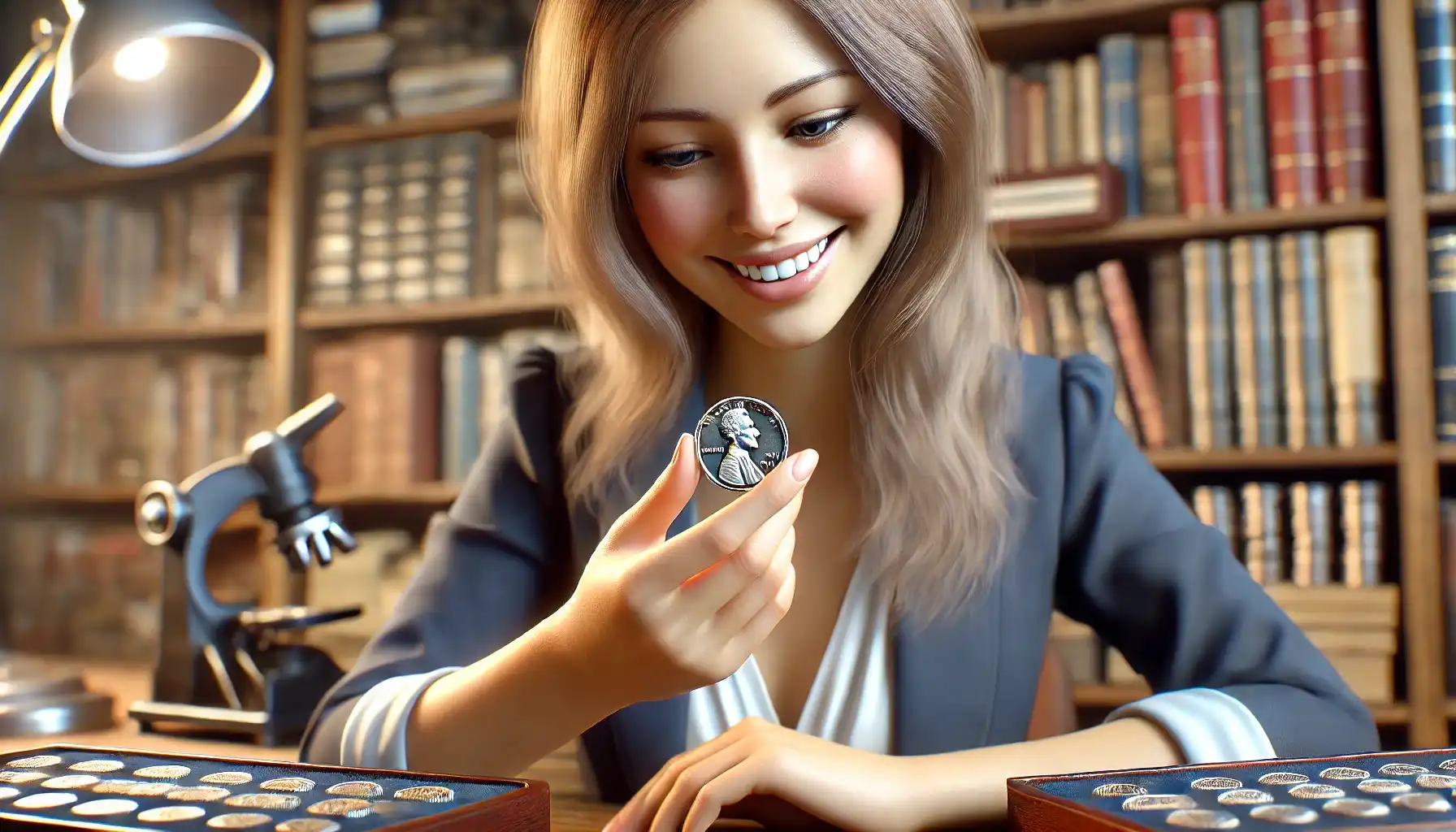
Oldest Coin: The world's oldest known coin is the Lydian Lion, minted in Lydia (modern-day Turkey) around 600 BCE.
First Coin with a Portrait from the ancient Roman Republic: The first coin to feature a portrait was issued by the Roman Republic in 44 BCE, depicting Julius Caesar.
Ancient Greek Coins: Greek coins often featured gods, goddesses, and mythological creatures, showcasing the culture's artistry and religious beliefs.
Precious Metals: Historically, coins were made from precious metals like gold, silver, and copper, reflecting their intrinsic value.
Bi-Metallic Coins: Modern bi-metallic coins, such as the Euro and the British £2 coin, consist of two different metals, enhancing durability and security.
Edge Reeding: The practice of adding ridges or reeding to coin edges was introduced to prevent coin clipping, where small amounts of precious metal were shaved off.
Hidden Messages: Some coins have hidden or micro-engraved messages as security features, such as the tiny "FG" on the Lincoln Memorial cents in the US.
Coin Hoards: Throughout history, coin hoards have been buried for safekeeping during times of war or crisis, often rediscovered centuries later.
Symbolism: Coins often depict national symbols, historical events, and notable figures, serving as miniature time capsules of cultural heritage.
Error Coins: Minting errors, such as double strikes, misprints, or off-center coins, can become rare collectibles and are often highly valued.
Polymer Coins: Some modern coins, like the Australian and Canadian coins, incorporate polymers for added security and durability.
Digital Coins: The advent of cryptocurrency represents a modern evolution in the concept of currency, with Bitcoin being the first decentralized digital coin.
Most Valuable Coin: The 1794 Flowing Hair Silver Dollar, believed to be the first silver dollar minted by the US, sold for over million in 2013.
Largest Coin: The largest coin ever minted is the Australian million coin, made of one ton of 99.99% pure gold, issued by the Perth Mint.
Square Coins: Some ancient coins, such as those from India and the Maldives, were square-shaped rather than round.
Coin Shaped Like a Guitar: In 2020, the Cook Islands issued a coin shaped like a guitar to honor the 50th anniversary of the famous Fender Stratocaster.
Notable Numismatists: Famous coin collectors include King Farouk of Egypt, who amassed a vast and eclectic collection, and John Jay Pittman, an American collector known for his discerning eye and impressive coin acquisitions.
Start and Enjoy
Now you know the most important information about coins that will be useful to you when building your collection. Numismatics is a whole world that contains a lot of interesting and educational things. Today we only slightly opened the door there. There are still many exciting things ahead of us.
In the meantime, you can try a new coin identifier by image - Coin ID Scanner. Download it and join the satisfied users today.

